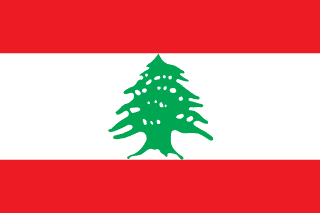Lebanon - Environment

As far as the environment of Lebanon is concerned, there have been . As for nvironment - international agreements, we have; .
About the environment of Lebanon
| Climate | We have Mediterranean; mild to cool, wet winters with hot, dry summers; the Lebanon Mountains experience heavy winter snows |
|---|---|
| Revenue from forest resources | |
| Revenue from coal | |
| Waste and recycling | Municipal solid waste generated annually: 2.04 million tons (2024 est.) |
| Total renewable water resources | 4.503 billion cubic meters (2022 est.) |
| Major rivers (by length in km) | |
| Total water withdrawal | |
| Municipal | 240 million cubic meters (2022 est.) |
| Industrial | 900 million cubic meters (2022 est.) |
| Agricultural | 700 million cubic meters (2022 est.) |
| Land Use | |
| Agricultural land | 65.9% (2023 est.) |
| Agricultural land: arable land | arable land: 13.1% (2023 est.) |
| Agricultural land: permanent crops | permanent crops: 13.7% (2023 est.) |
| Agricultural land: permanent pasture | permanent pasture: 39.1% (2023 est.) |
| Forest | 13.8% (2023 est.) |
| Other | 20.3% (2023 est.) |
| Urbanization | |
| Urban population | 89.4% of total population (2023) |
| Rate of urbanization | -1.23% annual rate of change (2020-25 est.) |
| Major urban areas (Pop) | 2.421 million BEIRUT (capital) (2023). |
All Important Facts about Lebanon
Want to know more about Lebanon? Check all different factbooks for Lebanon below.









